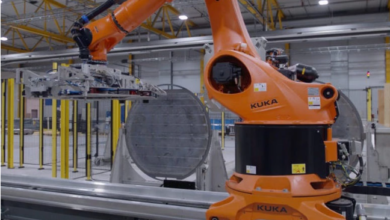Ovako to produce carbon-neutral steel from Jan 2022
Europe aims to reduce greenhouse gas emissions by 55% by 2030 and climate neutrality by 2050.

Ovako (a Swedish producer of engineering steel and a subsidiary of Nippon Steel) has announced adopting 100% carbon-neutral steel production from 1st January 2022.
Ovako is now preparing the first full-scale production installation at its Hofors mill in Sweden following its recent pilot project to heat steel with fossil-free hydrogen. The initiative is supported by various industrial partners and the Swedish Energy Agency.
To achieve its climate initiatives and new technology investments, Ovako will add a climate surcharge on its steel from January 2022. The company claimed that its climate initiatives have, so far, contributed to a reduction of our carbon footprint by 55 % since 2015. Full implementation of hydrogen-fueled heating will further reduce process emissions by 80% from the 2015 baseline, an additional 50% from the current levels.
The company will counterbalance the remaining carbon emissions in production through carbon offsets, which will gradually decrease as it invests in new technology and improves its processes.
Marcus Hedblom, President and CEO of Ovako, said, “Through our hydrogen heating initiative, we will drive that development further and support our customers in their journey to make their products more climate-smart.”
Meanwhile, ArcelorMittal, a steel giant, has also signed a letter of intent with the governments of Belgium and Flanders, supporting €1.1 billion investment in decarbonisation technologies at its flagship Gent plant. ArcelorMittal Belgium will reduce CO2 emissions by 3.9 million tonnes/year by 2030 by building a 2.5 million tonnes/year DRI plant and two electric furnaces at its Gent site to operate alongside its blast furnace that is ready to take waste wood and plastics as a substitute for fossil carbon. Once the DRI and electric furnaces are built, there will be a transition period during which production will move gradually from a blast furnace to the DRI and electric furnaces, after which the blast furnace will be closed as it reaches the end of its life.
